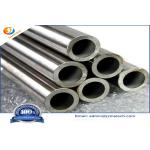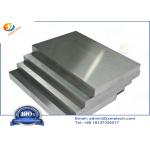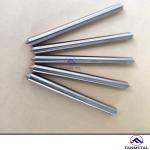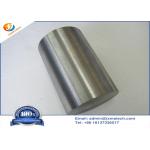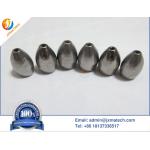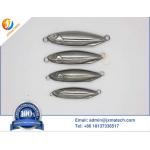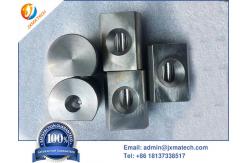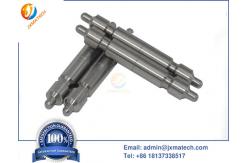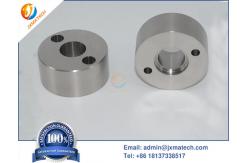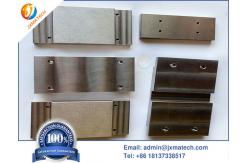High Performance Machined Tungsten Heavy Alloy Tools For Industrial
UseTungsten Heavy Alloy Tools are mainly divided into nickel-iron
alloys, nickel-copper alloys, and even nickel-iron-copper alloys.
In contrast, wide nickel-iron alloys have better mechanical
properties and play an important role in the defense industry and
various fields of the national economy. It is a very important new
material in the defense industry and is gradually expanding to
various civilian industries. What is Tungsten Heavy Alloy Tools?Heavy tungsten alloy is a tungsten-based alloy material (tungsten
content is generally 80%-98%), which contains a small amount of
nickel, iron, copper, cobalt, molybdenum, chromium and other
elements. The density of high specific gravity tungsten alloy can
reach 15.20~18.70g/cm3, also known as high specific gravity
tungsten alloy or high density alloy material. Because tungsten
weighs more than twice as much as alloy steel. A common method of making heavy tungsten alloys is to mix the
desired tungsten, iron, nickel or copper powders, then cold-press
and liquid-phase sinter until they are close to full density.
During the liquid phase treatment, the matrix tungsten alloy melts,
and part of the tungsten enters the solution to form a dispersed
tungsten particle (20~60μm) structure.
Chemical composition of Tungsten Heavy Alloy Tools| Chemical Composition | 90%W | 93%W | 95%W | 97%W | Density
(g/cc) | 16.85-17.25 | 17.15-17.85 | 17.75-18.35 | 18.25- 18.85 |
Tungsten Heavy Alloy Tools Picture:
Application of Tungsten Heavy Alloy ToolsTungsten alloys with high specific gravity are used to make tool
holders, especially boring bars. The high specific gravity tungsten alloy is used as the
counterweight material for the high crankshaft of the small engine
of the chain saw for the monthly supply of forest. Electrodes of EDM and electrochemical machine tools are also made
of tungsten with high specific gravity
|
